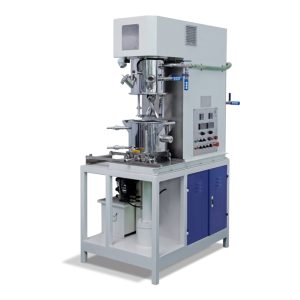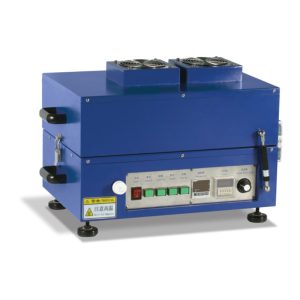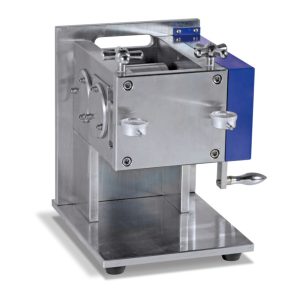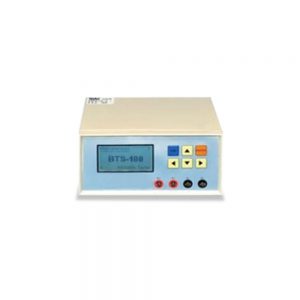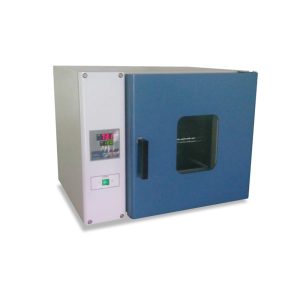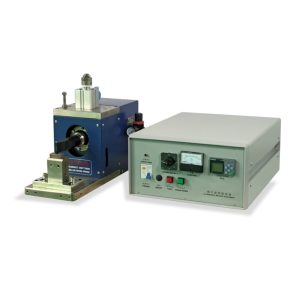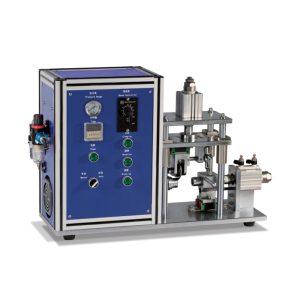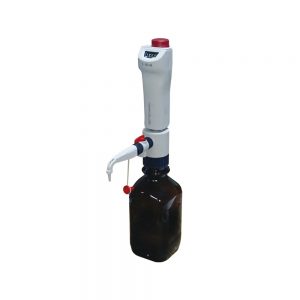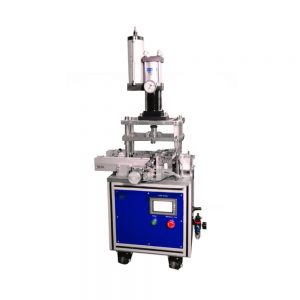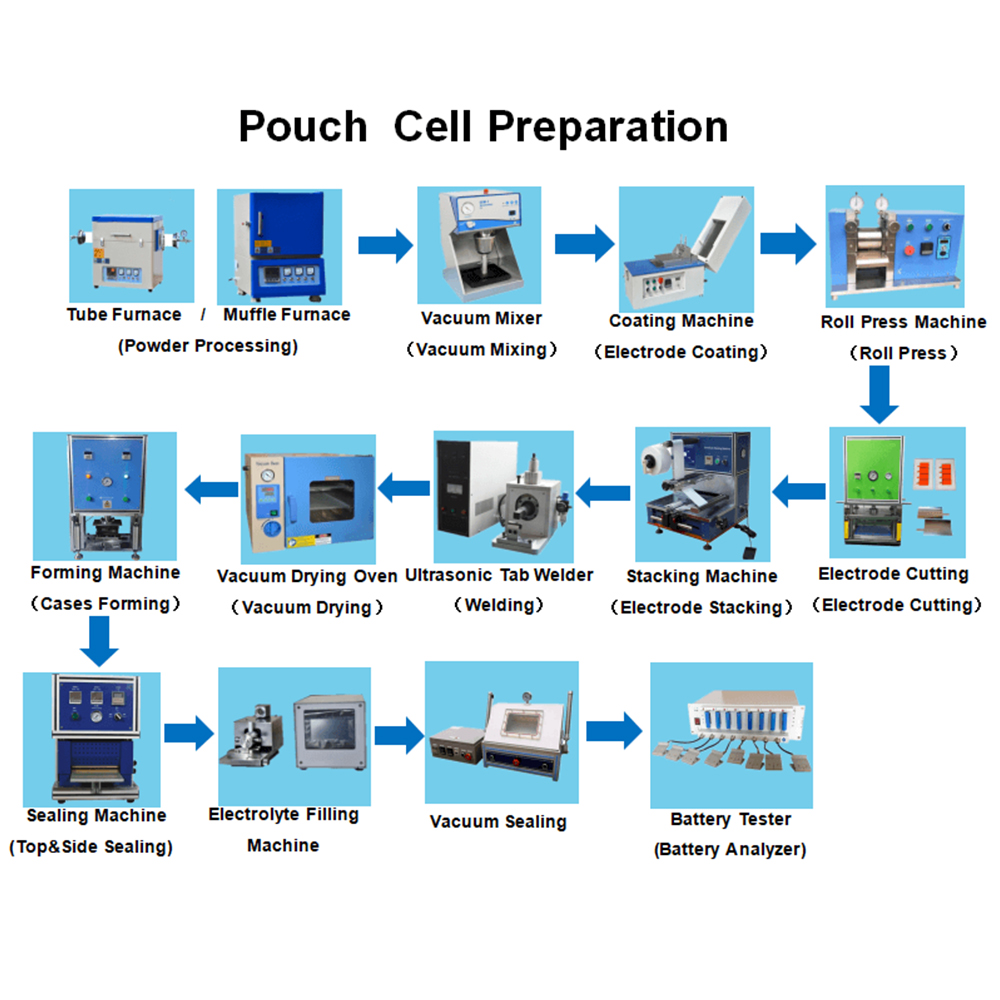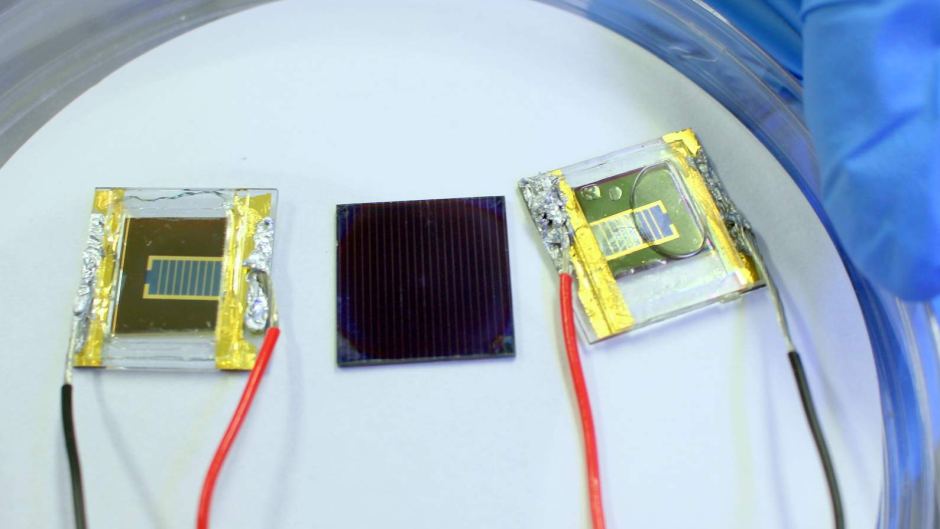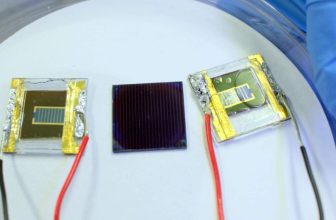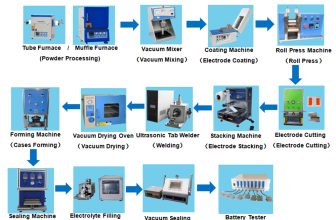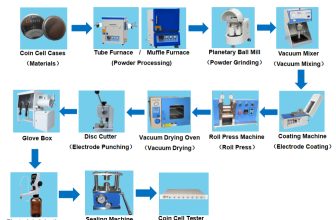
How to Make Cylindrical Cell
SaveSavedRemoved 0
Deal Score+4
Step 1: Electrode Sheet Preparation
- Use furnace to sinter raw cathode active material and anode active material.
- Use milling machine to mill materials into smaller-sized particles.
- Mix active, conductive and binder material into paste under vacuum using mixer.
- Use a coater to coat paste onto current collector to create electrode.
- Use a heater to dry the newly-created electrodes.
- Use the rolling press (calendar) to roll the electrode to required thickness.
Step 2: Li-ion Cell Assembly
Winding Method
- Use Slitting Machine to slice electrode sheet into strips.
- Weld current collector and tab together using Ultrasonic Welding Machine.
- Use Winding Machine to wind strips of Anode, Separator and Cathode into cell core.
- Use Short-Circuit Detector to test the cell’s integrity.
- Dry the cell using a vacuum oven.
Step 3: Formation & Sealing of Battery Case
- Use Deep Spot Welding Machine to weld one tab from the cell to the bottom of the closing end inside cylinder case.
- After inserting the cell core, use Grooving Machine to groove cell case and fix location of battery core for later sealing.
- Use Welding Machine to weld the other tab from the cell to the cap.
- Fill the case with electrolyte in vacuum/globe box using Electrolyte Filling System.
- Insert & align the cap to open end of case and seal the opening using Sealing Machine inside glove box.
- Using Battery Analyzer, charge and discharge the assembled battery to activate the cell.
- Wrap the case with heat-shrinkable PVC for isolation of positive & negative terminals.
Step 4: Battery Testing
- Test the newly-created battery’s performance using a Battery Analyzer.
- Use an Impedance Tester to measure the battery’s internal resistance.


